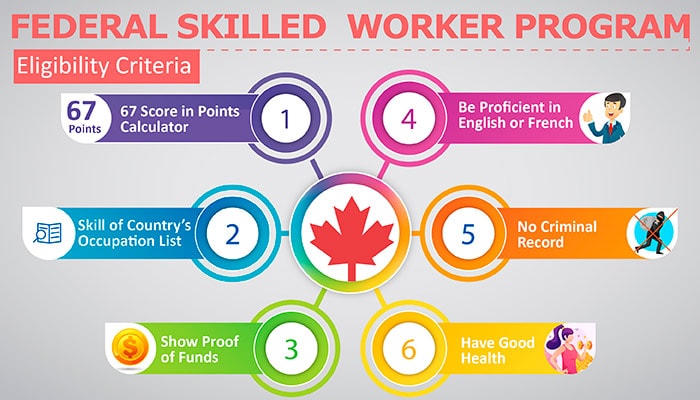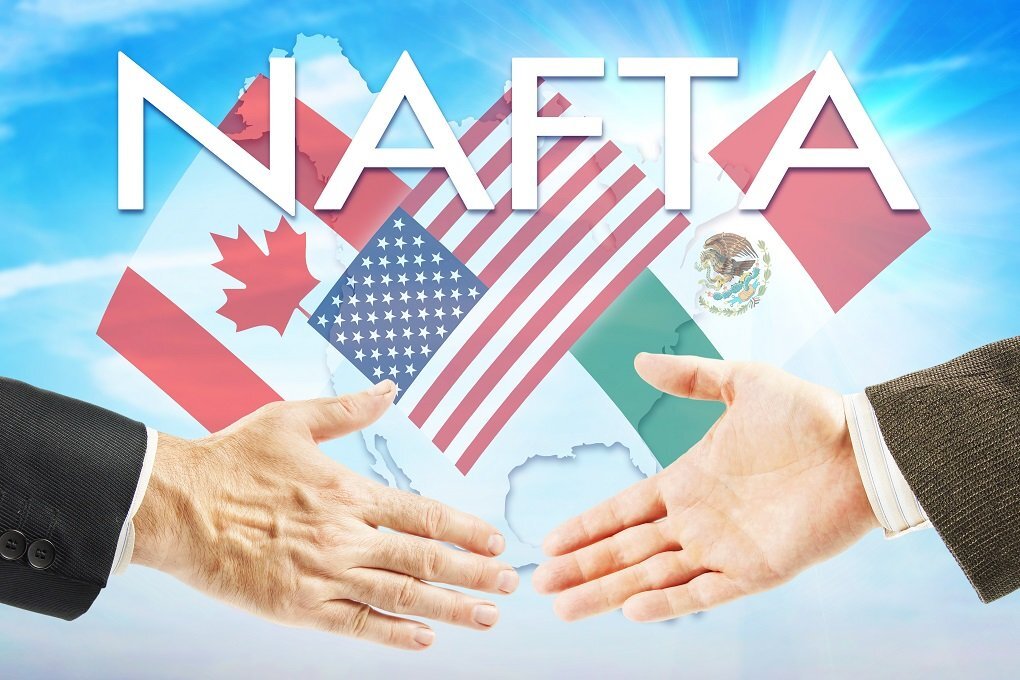SEND US YOUR REQUIREMENTS
Complete the Job Description form, and submit to our professional staff, you will be contacted within 2 business days by our company with a solution.
You may Contact Us, or send us a Recruitment Request, and one of our placement specialists would contact you to understand your needs and develop a customized package. We gather all available resume and received through our advertisement campaigns, and do an initial screening, the initial screening criteria is defined based on your (the employer) requirements
After the initial screening, the candidates are contacted and the one on one interviews begin. After the interview process, we will proceed with a Skill Behaviour Assessment. In this process, the candidates are given small projects and work scenarios dependent upon the requirements of job position. This process assists in the selection of the ideal candidate.
All the qualified candidates have to provide us with a minimum of 2 supervisory references, and we carry out the reference and background check
 Upon completion of all requirements, we submit our recommendations to you the (the employer) along with all the documentation.
Upon completion of all requirements, we submit our recommendations to you the (the employer) along with all the documentation. This option is best suitable for those employers whose business is either in a remote location, and due to which they have difficulty of retaining the employees, or for employers where the positions need on-the-job training and if the employee does not qualify after the probation period, the employer needs to replace the position with a new candidate. Our company provides a "Replacement Option" in which for a small extra cost, we provide either an emergency replacement till we find a new candidate for our client. This service provides a peace of mind to the employers because the complete burden of recruiting and training for new workers falls on our shoulders. If you are interested in taking advantage of your services, please fill in the form below, and one of our Employment Specialist will contact you with a tailored solution suitable to your needs
Complete the Job Description form, and submit to our professional staff, you will be contacted within 2 business days by our company with a solution.
You may Contact Us, or send us a Recruitment Request, and one of our placement specialists would contact you to understand your needs and develop a customized package. We gather all available resume and received through our advertisement campaigns, and do an initial screening, the initial screening criteria is defined based on your (the employer) requirements
After the initial screening, the candidates are contacted and the one on one interviews begin. After the interview process, we will proceed with a Skill Behaviour Assessment. In this process, the candidates are given small projects and work scenarios dependent upon the requirements of job position. This process assists in the selection of the ideal candidate.
All the qualified candidates have to provide us with a minimum of 2 supervisory references, and we carry out the reference and background check
Upon completion of all requirements, we submit our recommendations to you the (the employer) along with all the documentation.
This option is best suitable for those employers whose business is either in a remote location, and due to which they have difficulty of retaining the employees, or for employers where the positions need on-the-job training and if the employee does not qualify after the probation period, the employer needs to replace the position with a new candidate. Our company provides a "Replacement Option" in which for a small extra cost, we provide either an emergency replacement till we find a new candidate for our client. This service provides a peace of mind to the employers because the complete burden of recruiting and training for new workers falls on our shoulders. If you are interested in taking advantage of your services, please fill in the form below, and one of our Employment Specialist will contact you with a tailored solution suitable to your needs
Complete the Job Description form, and submit to our professional staff, you will be contacted within 2 business days by our company with a solution Apply today!
Employers can hire eligible students during their studies or after they graduate. Study permit holders may be eligible to work off campus without a work permit as soon as they begin their studies in Canada.Students who are eligible may work for any eligible Canadian employer for up to 20 hours a week while class is in session, and full-time during scheduled breaks in the academic
calendar
Complete the Job Description form, and submit to our professional staff, you will be contacted within 2 business days by our company with a solution.

Employers can hire foreign workers through the Temporary Foreign Worker Program or the International Mobility Program. The Temporary Foreign Worker Program lets employers hire foreign workers to fill temporary labour and skill shortages. Employers need to get a Labour Market Impact Assessment (LMIA) by Employment and Social Development Canada (ESDC) to hire through this program. An LMIA verifies that there is a need for a foreign worker and that no Canadians can do the job. The International Mobility Program lets employers hire foreign workers without the need of an LMIA. Exemptions from the LMIA process are available where there are reciprocal benefits for Canadians and other competitive advantages for Canada. Employers need to pay an employer compliance fee and submit an Offer of Employment form to Citizenship and Immigration Canada before the foreign national can apply for a work permit. A Form Aid is available to help you complete the Offer of Employment form. Employers can hire workers abroad or already in Canada.

When an Employer needs workers, and all the local efforts are exhausted, meaning by, once the employer is unable to find required man power from within Canada, then the only solution to overcome the Labour Shortage is to hire foreign workers.
In order for the foreign worker, in most of the cases, the potential candidate will have to apply to get a Work Permit from outside of Canada, in order for a candidate to apply for a Work Permit, the employer will have to provide the candidate with a document known as Labour Market Impact Assessment (LMIA) formally known as Labour Market Opinion (LMO) when hiring Temporary Foreign Workers, and when hiring Foreign Worker permanently then was called Arranged Employment Opinion (AEO). But now there is only one name used for this application/document, which is LMIA. As an employer, you may need to apply for a Labour Market Impact Assessment (LMIA) before you can hire a foreign worker or get pre-approval to hire a large number of workers. A positive LMIA will show that there is a need for the foreign worker to fill the job you offer and that there is no Canadian worker available to do the job. To apply for Labour Market Impact Assessment (LMIA), or to hire a worker through International CO-OP, Working Holiday or Young Professional programs, where an LMIA might not be needed, you may Contact Us, or can submit your information and requirment to us, for a faster and reliable solution.



A distinct language assessment factor has been introduced as subsection 203 (1.01) of the Immigration and Refugee Protection Regulations (IRPR). As a result, English and French are the only languages that can be identified as a job requirement both in LMIA applications and in job advertisements by employers, unless they can demonstrate that another language is essential for the job
Complete the Job Description form, and submit to our professional staff, you will be contacted within 2 business days by our company with a solution.

The NAFTA seeks to liberalize trade between the U.S., Mexico and Canada and abolish tariffs and other trade barriers. The Agreement opens up the three countries’ markets by ensuring that future laws will not create barriers to doing business. In order for trade to expand, individuals must have access to each other'S country to sell, provide goods or services or trade and invest. Chapter 16 of the NAFTA, entitled “Temporary Entry for Business Personsâ€, provides the mechanisms to allow selected categories of temporary workers access to each other’s market(s). Chapter 16 eases the temporary entry of citizens of the U.S., Mexico and Canada, whose activities are related to the trade of goods or services, or to investment. The NAFTA is a reciprocal agreement and Canadians will be afforded similar treatment when seeking entry to the U.S. or Mexico. Chapter 16 does not replace, but adds to our existing general provisions. An American or Mexican business person seeking entry to Canada is eligible for consideration under the provisions of the NAFTA, as well as the general provisions which apply to all foreign workers.
NAFTA does not assist permanent admission. It does not apply to permanent residents of the three countries. It does not replace the general provisions dealing with foreign workers. It has no effect on universal requirements related to passports and identity documentation, medical examinations and safety and security. It does not replace the need for workers to meet licensing or certification requirements respecting the exercise of a profession. It does not extend special privileges to spouses and members of the family. Their entry is governed by the provisions of the Immigration and Refugee Protection Act and the Regulations.
Complete the Job Description form, and submit to our professional staff, you will be contacted within 2 business days by our company with a solution.
Input your search keywords and press Enter.